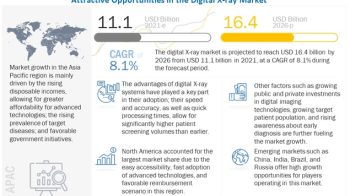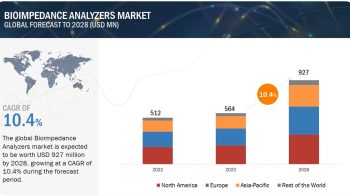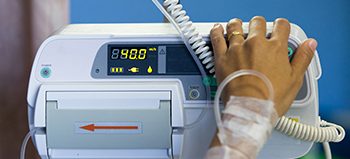Recent Developments in Global Brain Monitoring Industry:
# In October 2017, Natus Medical (US) acquired Integra LifeSciences (Neurosurgery Assets) (US). As part of the transaction, Natus acquired the global Camino ICP monitoring product line, including its San Diego manufacturing facility, from Integra. The sale also includes the US rights relating to Integra’s fixed pressure shunts, as well as US rights to Codman’s DURAFORM dural graft implants, standard EVD catheters, and CSF collection systems.
# In March 2016, Natus Medical acquired NeuroQuest, a provider of neurodiagnostic services. This acquisition complemented its otherwise organic growth strategies and enabled the company to strengthen its brand and establish itself as a leading player in the ambulatory EEG service business.
This market is projected to reach USD 11.6 billion by 2024 from USD 8.7 billion in 2019, at a CAGR of 6.1% during the forecast period.
The increasing incidence and prevalence of neurological disorders, rising awareness of neurodegenerative disorders, growing incidence of traumatic brain injuries, and the increasing applications of brain monitoring in clinical trials are driving the growth of this market. On the other hand, factors like the dearth of trained professionals to effectively operate brain monitoring devices and unfavorable reimbursement policies are restraining the growth of this market.
Download PDF Brochure@
https://www.marketsandmarkets.com/pdfdownloadNew.asp?id=909
Key Questions Addressed by the Report
# Where will all these developments take the industry in the mid- to long-term?
# What types of annual and multi-year partnerships are brain monitoring companies exploring?
# Who are the key players in the market, and how intense is the competition?
# Which are the recent contracts and agreements key players have signed?
# What are the recent trends affecting the brain monitoring market?
Major Growth Driver: Growing incidence of traumatic brain injuries
A traumatic brain injury (TBI) is non-degenerative, non-congenital damage to the brain from an external mechanical force, possibly leading to permanent or temporary impairment. TBI is a major public health concern, and the most common cause of death and disability in developed as well as developing countries.
Opportunity: Increasing Expanding therapeutic applications of brain monitoring devices
Apart from applications in neurological disorders, neurodegenerative diseases, and psychiatric disorders, brain monitoring devices are also used in other therapeutic areas like insomnia, post-traumatic stress disorder (PTSD), and sleep apnea. Quantitative EEG analysis is widely used to investigate the neurophysiological characteristics of insomnia. EEG biofeedback is a training process that has been scientifically proven to aid in the management of PTSD.
“North America is expected to command the largest share of the brain monitoring market in 2019.”
On the basis of region, the global brain monitoring market is divided into North America, Europe, Asia, and the RoW. North America is expected to hold the largest share of the global brain monitoring market in 2019, while Asia is projected to be the fastest-growing region in the forecast period. Growth in the market in Asia can be attributed to the growing geriatric population, the availability of low-cost labor and skilled manpower, increase in disposable incomes, rising prevalence of neurodegenerative disorders, and increasing government emphasis on healthcare reforms in the region.
Request Sample Pages@
https://www.marketsandmarkets.com/requestsampleNew.asp?id=909
Major Leaders:
The brain monitoring market is a highly diversified and competitive market, with a large number of players, including mid-tier companies and startup firms, competing for market shares. These players have adopted various growth strategies, such as product launches, expansions, acquisitions, and collaborations & agreements, to further expand their presence in the market.
The prominent players in the brain monitoring market are Advanced Brain Monitoring (US), Nihon Kohden Corporation (Japan), Natus Medical, Inc. (US), Philips Healthcare (Netherlands), GE Healthcare (US), Siemens Healthineers (Germany), Compumedics, Ltd. (Australia), Medtronic (Ireland), CAS Medical Systems, Inc. (US), Drägerwerk AG & Co. KGaA (Germany), Masimo Corporation (US), Spiegelberg GmbH & Co. KG (Germany), Cadwell Industries (US), NeuroWave Systems, Inc. (US), Nonin Medical, Inc. (US), Integra LifeSciences Corporation (US), Neurosoft (Russia), and Rimed (US).


